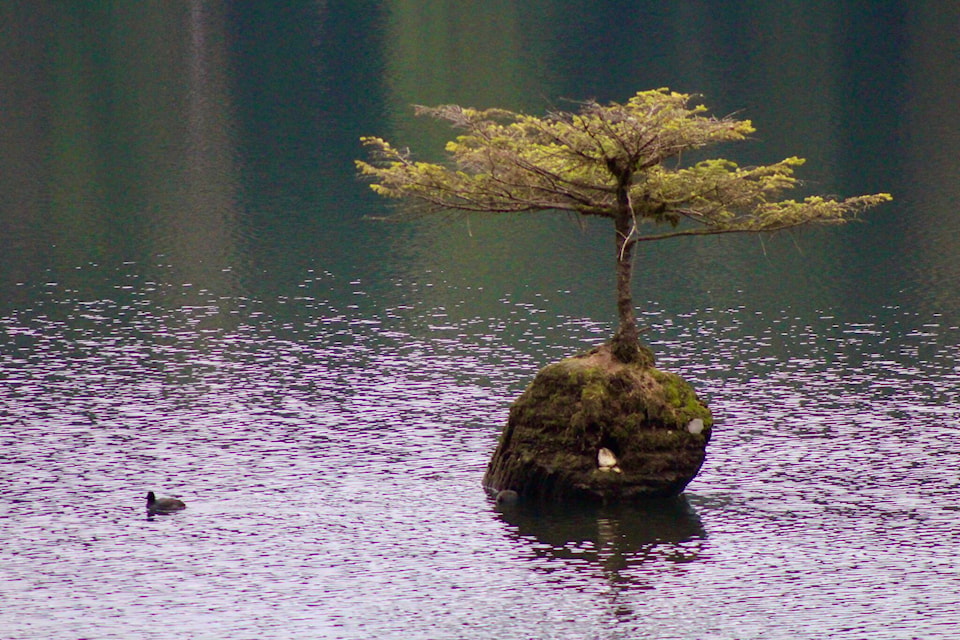As far as temperatures go, so far the spring is average on Vancouver Island from Gonzales in Victoria to Campbell River and north.
Precipitation, however has shown a different spring trend with weather drier than normal for much of the province as rainfall was spotty on the Island throughout April.
Northeast coast communities such as Campbell River generally get more rain than other areas of the Island
For April, the temperature norm is 8 C and recorded a relatively similar mean of 7.4 C, but precipitation, usually with a norm of 92.1 millimetres, only saw 40.7 mm, or 44.2 per cent of normal.
It was the 23rd driest April in Campbell River, with records going back to 1920.
It’s been the same story in Greater Victoria. At the airport weather station in North Saanich, the normal temperature is 9 C and saw an average of 8.8 in April. Meanwhile, normal precipitation at the airport 47.9 mm while in April, it only received 29.2 mm.
READ ALSO: Rivers recede as B.C. feels ongoing drought trend
It’s been an interesting transition from winter to spring as the effects of El Nino dominate the climate waned, said Brian Proctor, meteorologist with Environment Canada told Black Press Media.
While temperatures in March, April and the first days of May on the south coast remained normal in terms of temperature, there is a mid-May bump in temperatures on the way with highs of nearly 30 C expected in Port Alberni, and 22 C on the southern tip of Victoria in the coming days.
“It isn’t really locking in,” Proctor said. “We’re seeing an upper ridge build in and it’s going to warm us up substantially but it’s moving across.”
Despite no extreme weather on the horizon heading out of spring, drier weather across the province signals potential for another drought year.
As people start to enjoy the outdoors, that could mean an increase in wildfire activity particularly in the northeast of the province, Minister of Emergency Management and Climate Readiness Bowinn Ma said during a May 9 press conference.
“Over the coming months the weather is going to get warmer and wildfire hazard will increase.”
RELATED: B.C. prepares for wildfires as forecasts call for hot weather amid drought
The province introduced an interactive Emergency Ready Planner to help people create an emergency and evacuation as part of a suite of new-and-improved tools released during Emergency Preparedness Week aiming to help keep people safe through wildfires, drought, floods and earthquakes. It also includes upgrades to the BC Wildfire Service app to better connect people to the latest wildfire and fire ban information and updates to the Drought Information Portal.
“B.C. experienced serious drought last summer, and we continue to get less rain and snow than usual. That’s why we are taking strong, early action to prepare, including strengthening the information people have on hand,” said Nathan Cullen, minister of Water, Land and Resource Stewardship.
May has already seen three small wildfires on Vancouver Island. All were deemed small and quickly listed as out. In B.C., during the 2023 wildfire season, approximately 2.8 million hectares burned, more than 600 residential structures were destroyed or partially damaged, and as many as 48,900 people were under evacuation order with 137,000 on evacuation alert.



